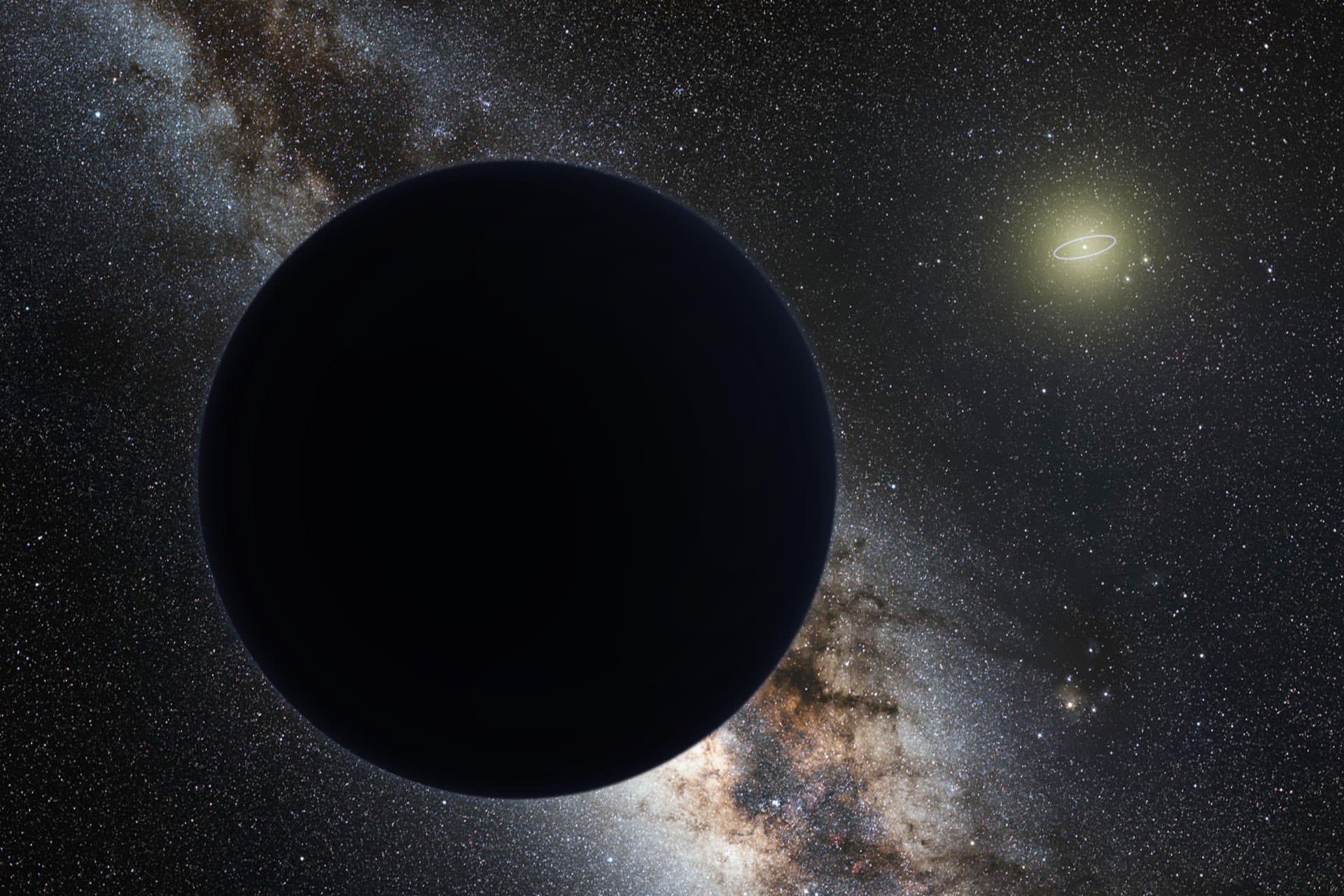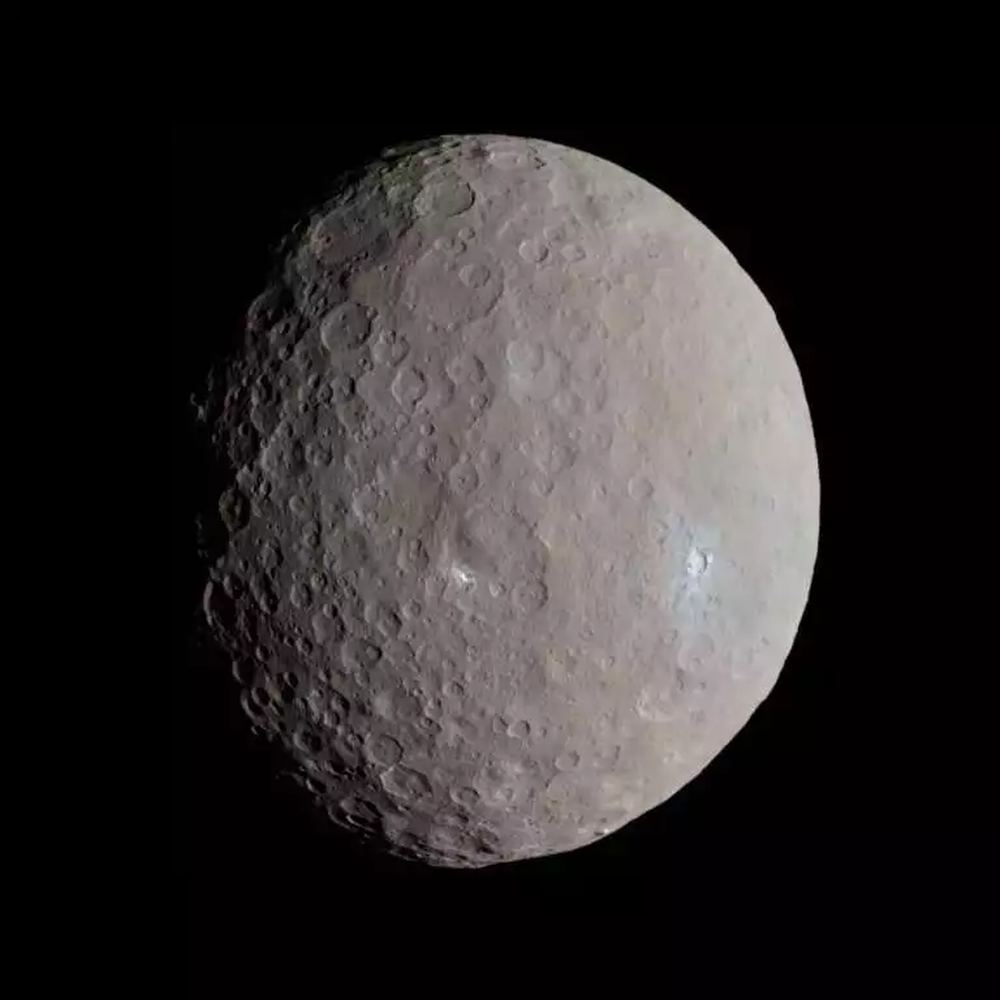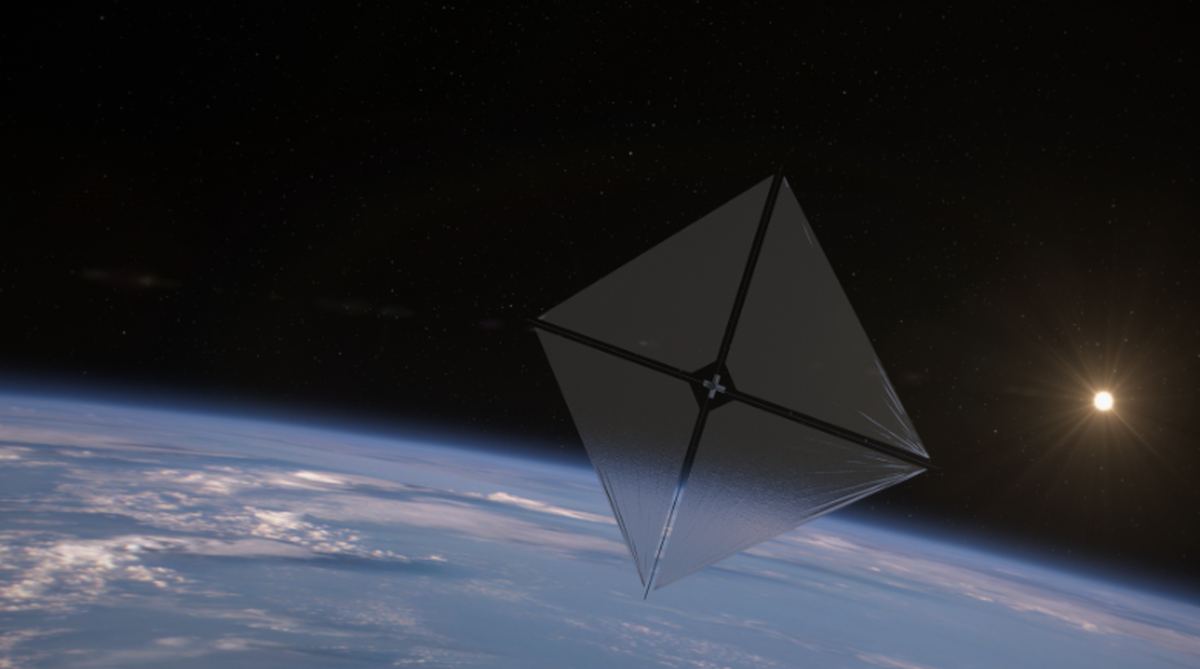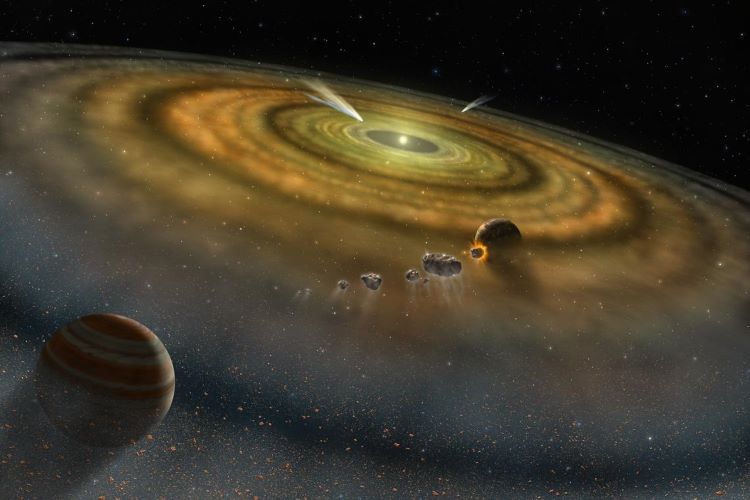It should not be surprising that Venus is dry. It is famous for its hellish conditions, with dense sulphurous clouds, rains of acid, atmospheric pressures comparable to a 900 meter deep lake, and a surface temperature high enough to melt lead. But it’s lack of water is not just a lack of rain and oceans: there’s no ice or water vapour either. Like Earth, Venus is found within our Solar System’s goldilocks zone, so it would have had plenty of water when it was first formed. So where did all of Venus’s water go?
Continue reading “Where Did Venus's Water Go?”Where Did Venus's Water Go?










